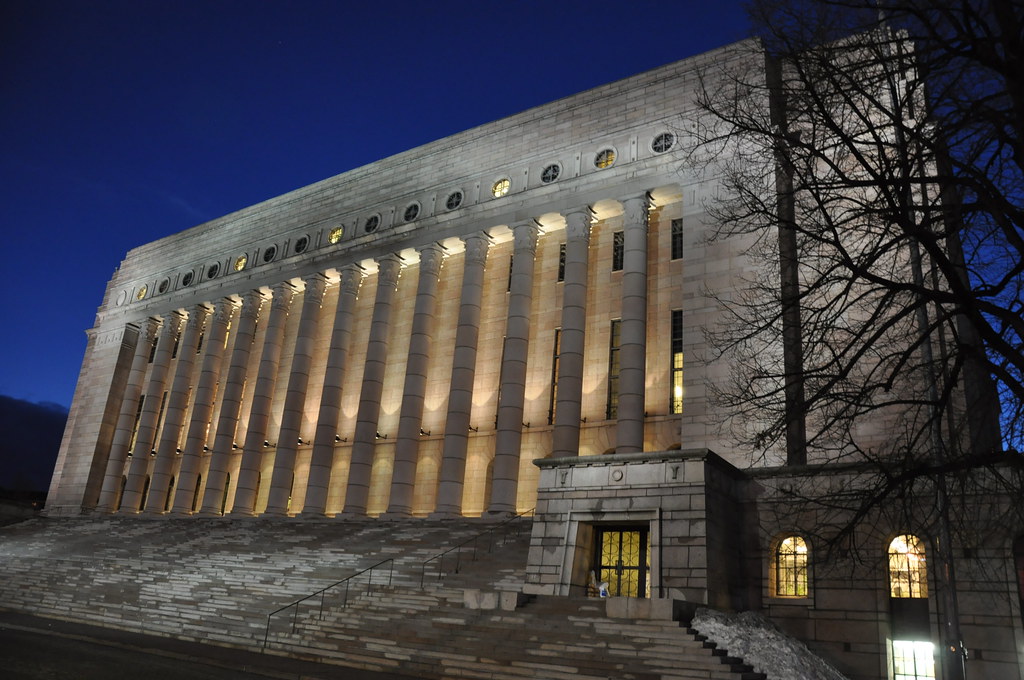In the wake of the April 14 general election, the new Finnish government has pledged ambitious decarbonization plans.
The formation of a five-party coalition government took until the beginning of this week but three of the 19 ministers were from the domestic Green Party and the decarbonization policy package swiftly followed. Seven ministers in the left-leaning coalition are from the Social Democratic Party and five are from the Centre Party, with two each from the Left Alliance and the Swedish People’s Party, the latter representing Swedish speakers in Finland.
The government has laid out a highly ambitious plan for carbon neutrality by 2035, bringing forward the target date a decade after pre-election polls showed climate change was the most pressing issue for voters.
The plan, however, is somewhat vague and has yet to be formulated into law with precise measures and policies. Tapio Tuomi, the executive director of Finnish Clean Energy Association (FCEA): “The government program contains a lot of means of mitigating climate change – it has 190 pages … It contains a plan to renew our energy taxation legislation that guides Finland to achieve carbon neutrality by 2035. What that actually contains remains to be seen. But the renewal is something that also [we] as an association have suggested.”
A good day for Finns
The Finnish chapter of Greenpeace also endorsed the policy commitment. “It’s a good day for Finns!” said Sini Harkki, program manager of Greenpeace Nordic in Finland. “People demanded faster climate action and that’s what we’re going to get. Building the world’s first fossil free, sustainable society is going to require much more than nice words on paper but we’re determined to make it happen. It’s an exciting journey we want to embark on.”
According to the plan, the program will be part financed by a fossil fuel levy expected to raise €730 million. Finland produces 40% of its energy from coal and peat and moving away from that type of generation in favor of renewables could generate jobs in a nation suffering an unemployment rate above 27%. New prime minister Antti Rinne pledged to end years of austerity to boost the economy, and anticipates the creation of 60,000 jobs.
FCEA’s Tuomi said the government plans to develop new demand response and smart grid services. New regulation will also make the production of distributed renewable energy “easier and more profitable”, as well as giving energy communities a “formal” role in the energy system, according to the consultant.
Wind power dominant
“Another important observation is that most of the government program is very technology neutral, so the role of solar energy is left open,” Tuomi added. “So it’s up to us, the Finnish solar industry and the people, companies and public authorities to give solar power the important role it can achieve as a part of the Finnish energy system.”
Popular content
Finland has so far developed solar in the distributed generation segment. At the end of last year, the country’s cumulative installed solar power generation capacity reached just 124 MW, but that figure at least represented a significant 12-month leap from the 74 MW at the end of 2017. In November the country held technology neutral renewable energy auctions in which 1.3 TWh of wind secured all the available capacity. The lowest energy price bid in the auctions was €1.27/MWh (€0.0127/kWh) with the average bid €2.49/MWh.
Four out of five Finnish voters told the previous government’s pre-election ‘Climate Barometer’ survey climate change was a top priority and urgent action was needed to combat it. The survey also showed 70% of Finns wanted climate solutions to be among the next government’s priority themes.
European ramifications
The news of Finland’s raised decarbonization ambition could have European-wide ramifications, as the Nordic country is set to take over the EU presidency from Romania on July 1. The bloc held elections itself a few weeks ago, with some gains for green parties overall and substantial advances made in Germany and France. The EU has yet to table a comprehensive climate protection bill and Romania did little to move the issue forward.
Finland’s politicians now have a mandate to set ambitious targets and 75% of Climate Barometer respondents said they “want the EU to serve as an example in climate change mitigation, independent of how this may impact on the EU’s competitiveness”.
Tuomi pointed out, in December eight Finnish political parties demanded the EU be carbon neutral by 2050. “That requires tightening of the emission reduction obligations for 2030 to at least 55% of the 1990 level,” he said. “I do hope that the example set by the government program helps Finland’s presidency to make EU the leading player in mitigating climate change.”
The article has been amended on 11.06.19 to stand corrected on Tapio Tuomi's job title and employer. We apologize for this mistake.
This content is protected by copyright and may not be reused. If you want to cooperate with us and would like to reuse some of our content, please contact: editors@pv-magazine.com.



2 comments
By submitting this form you agree to pv magazine using your data for the purposes of publishing your comment.
Your personal data will only be disclosed or otherwise transmitted to third parties for the purposes of spam filtering or if this is necessary for technical maintenance of the website. Any other transfer to third parties will not take place unless this is justified on the basis of applicable data protection regulations or if pv magazine is legally obliged to do so.
You may revoke this consent at any time with effect for the future, in which case your personal data will be deleted immediately. Otherwise, your data will be deleted if pv magazine has processed your request or the purpose of data storage is fulfilled.
Further information on data privacy can be found in our Data Protection Policy.